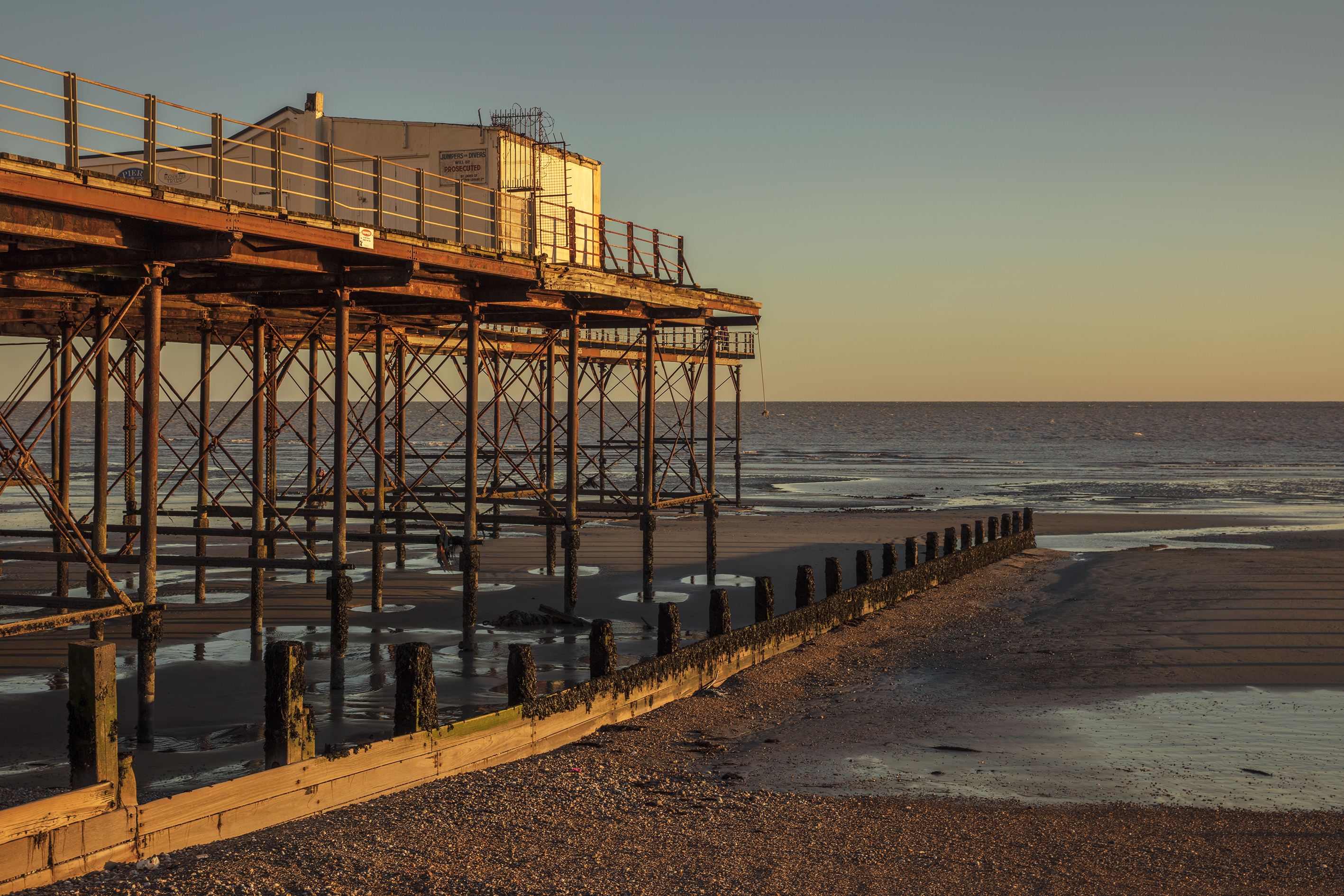
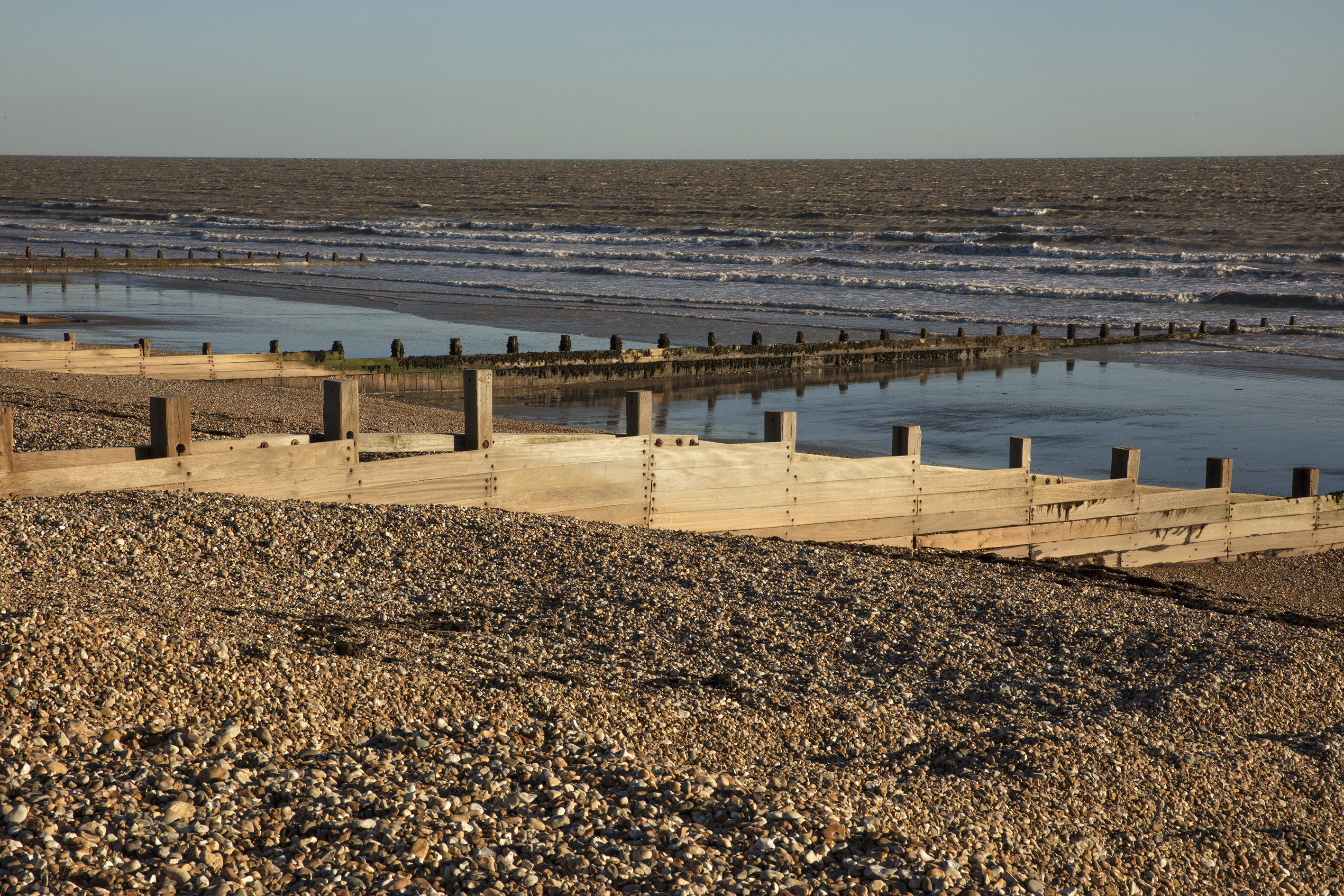
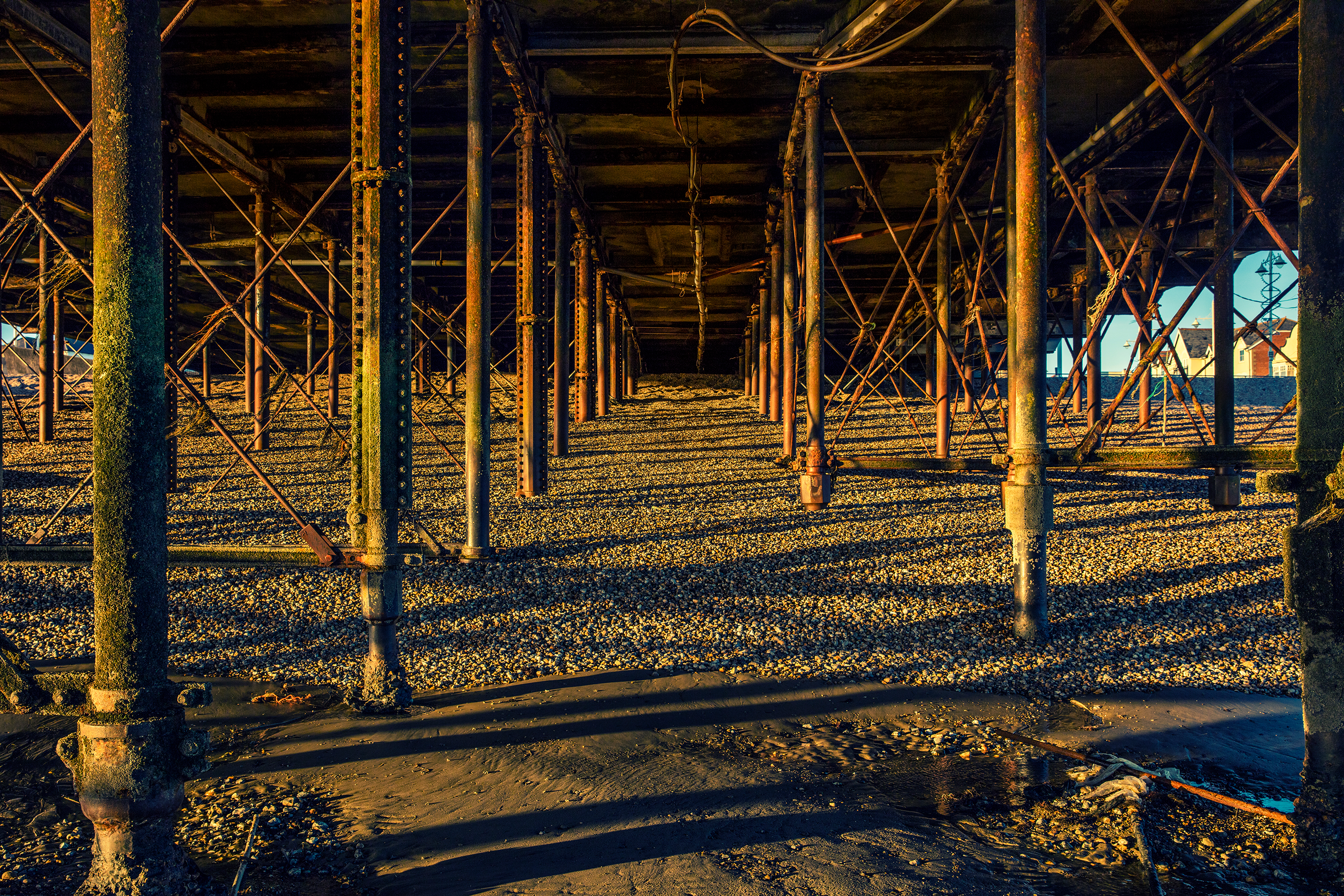




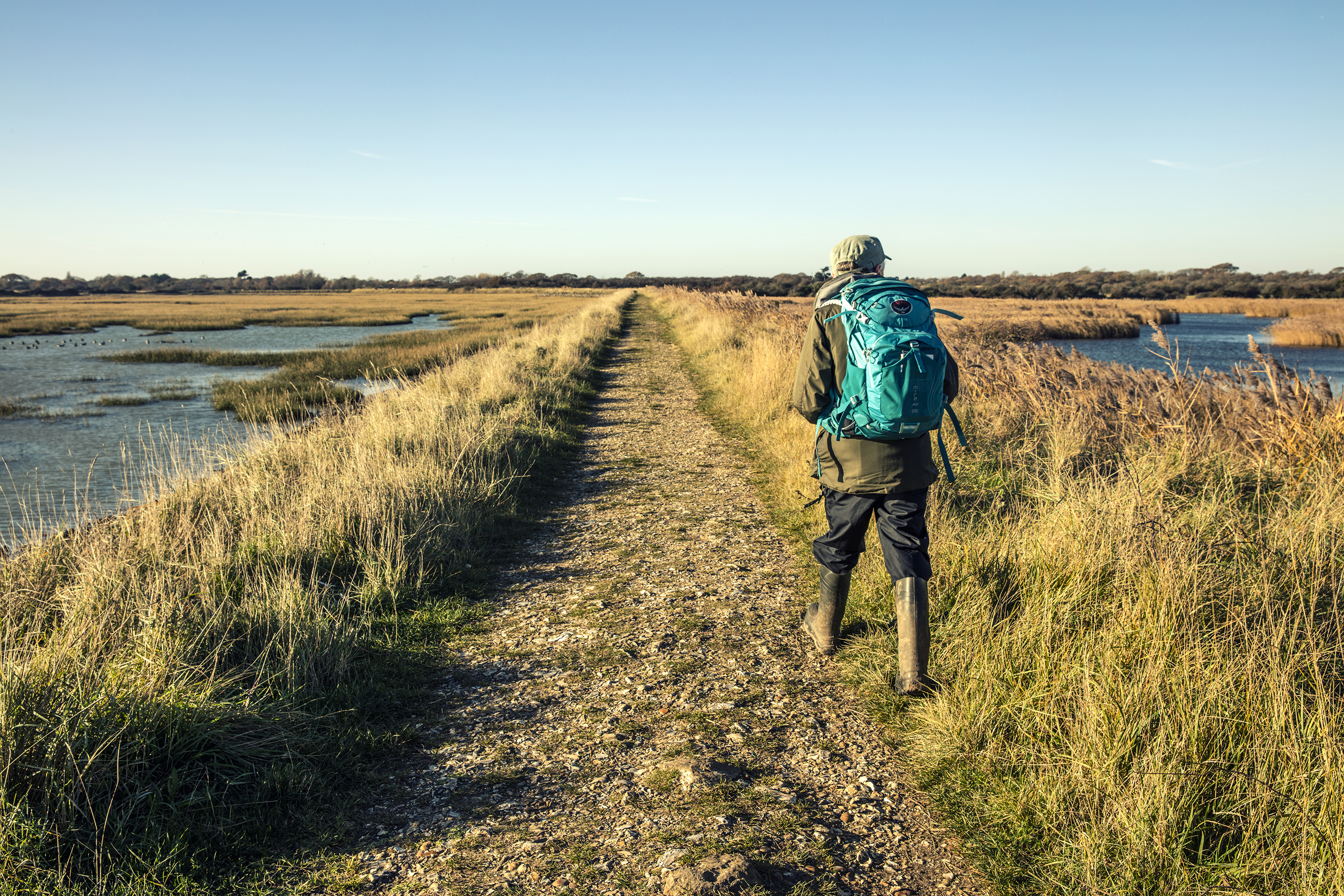
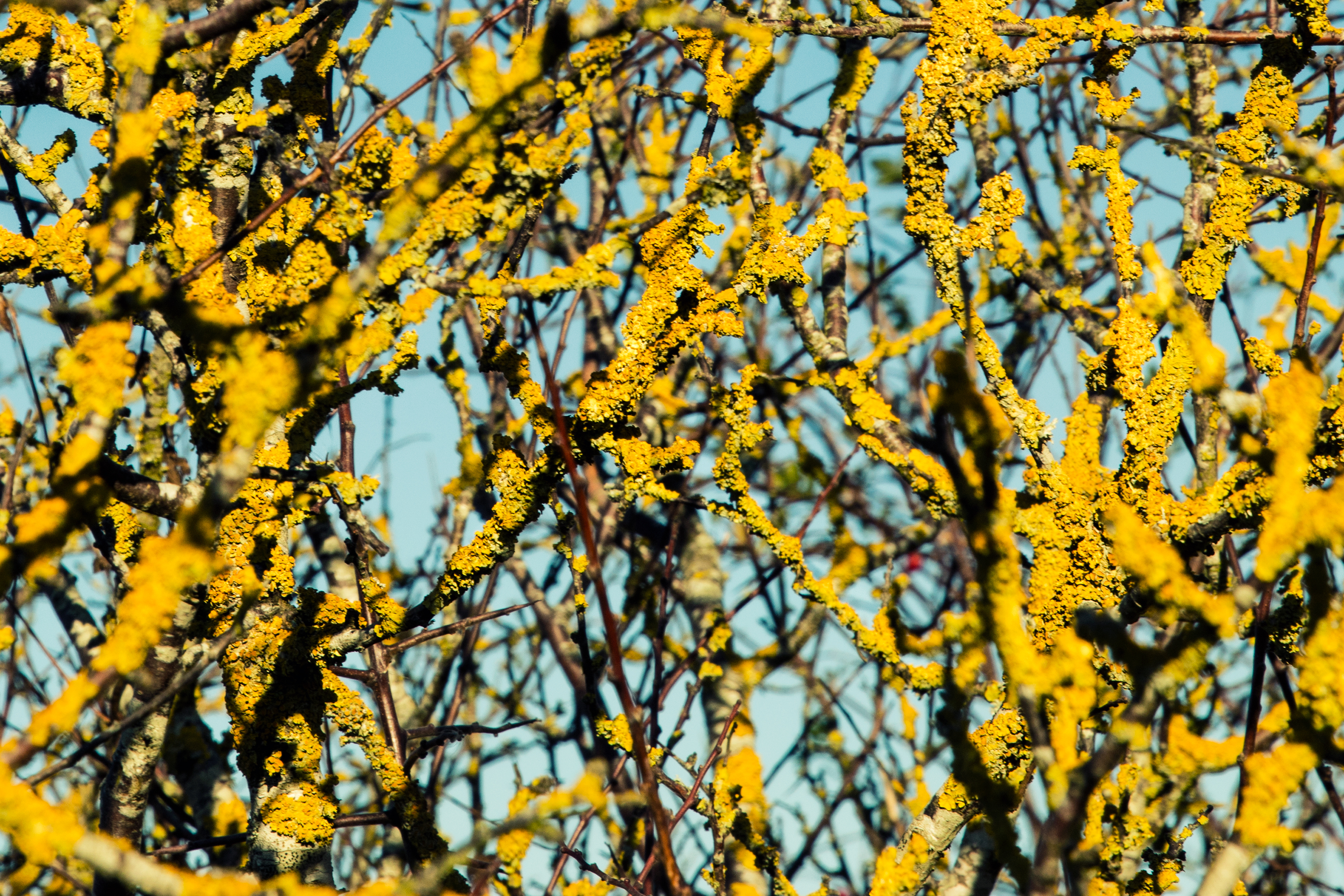
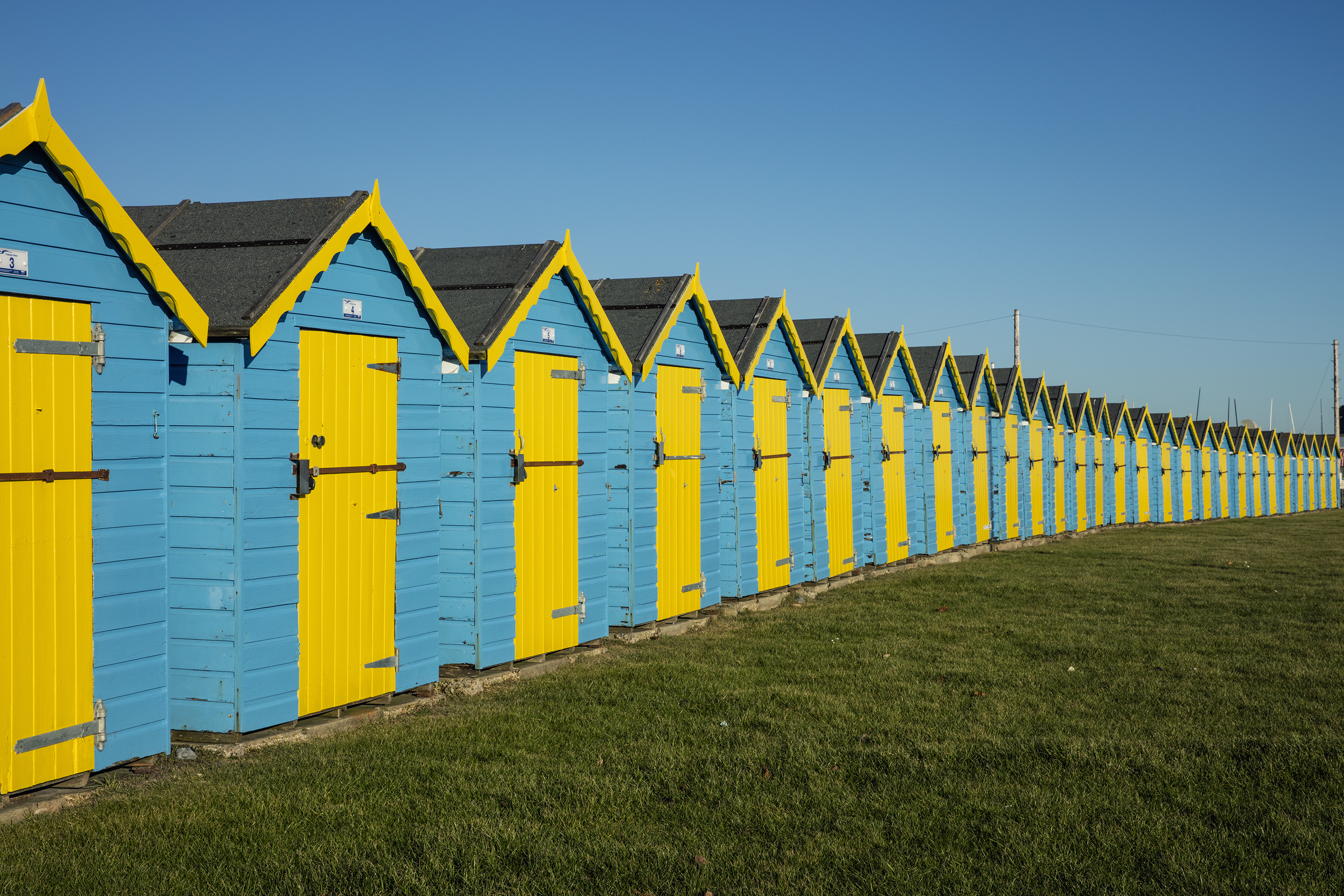


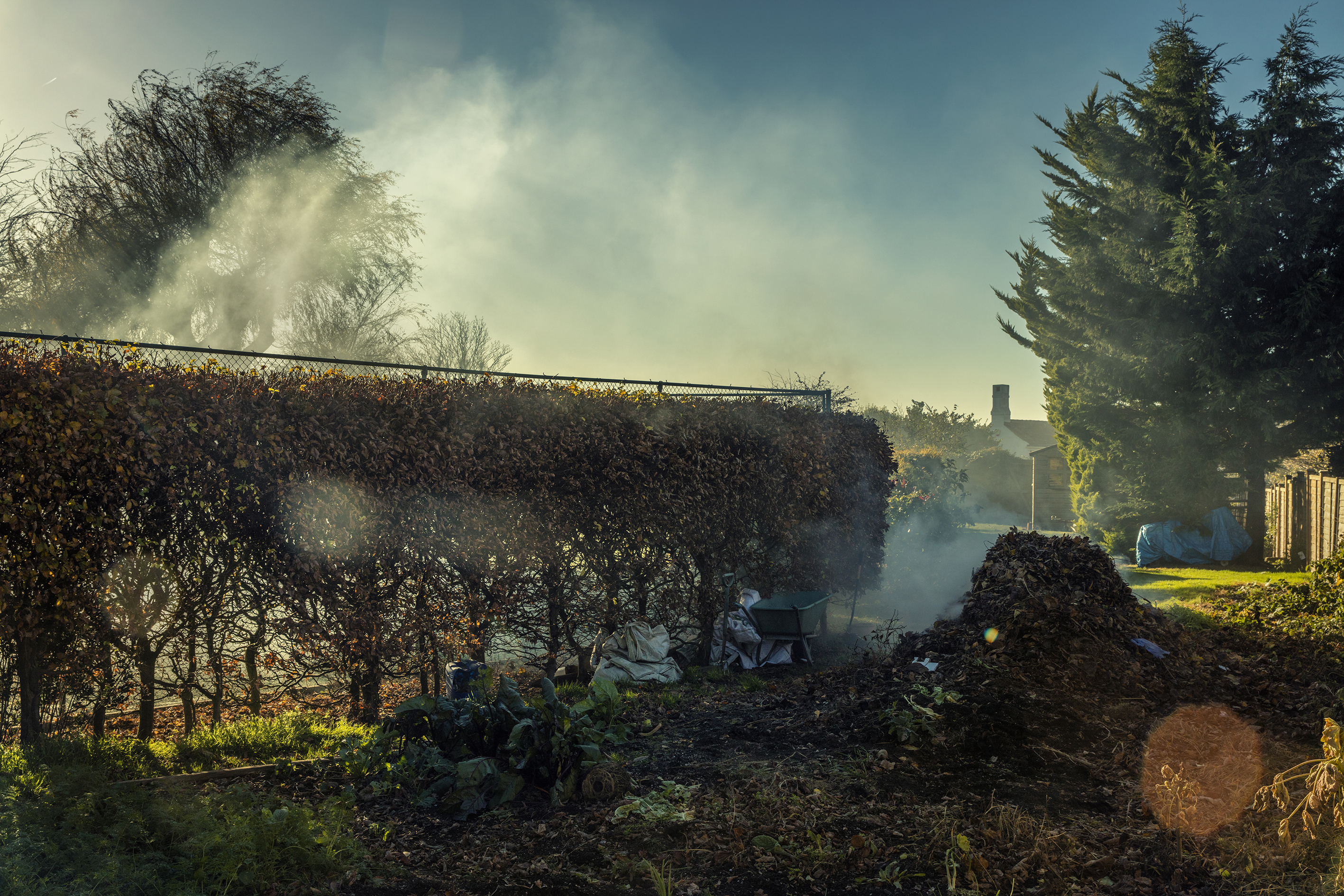
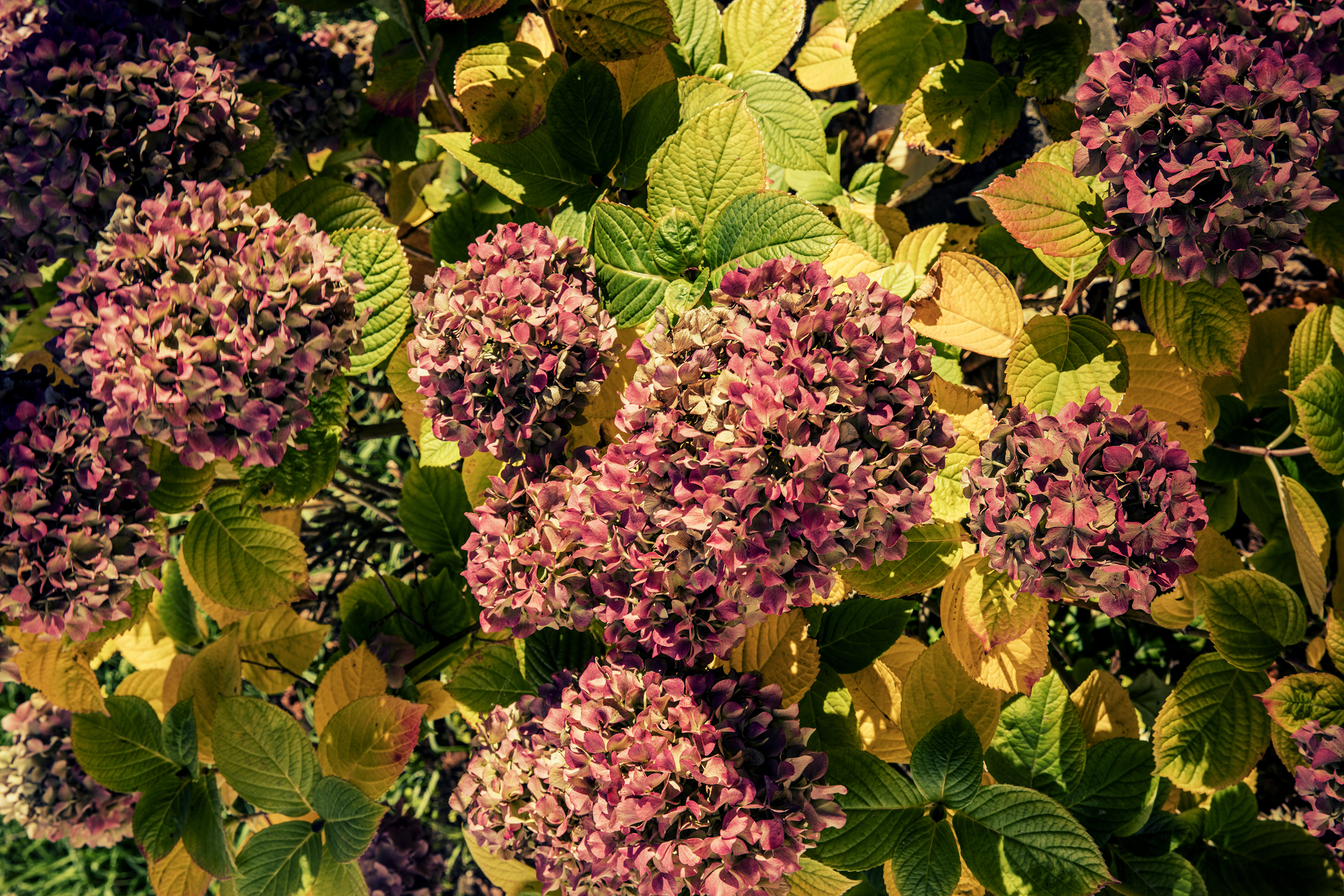

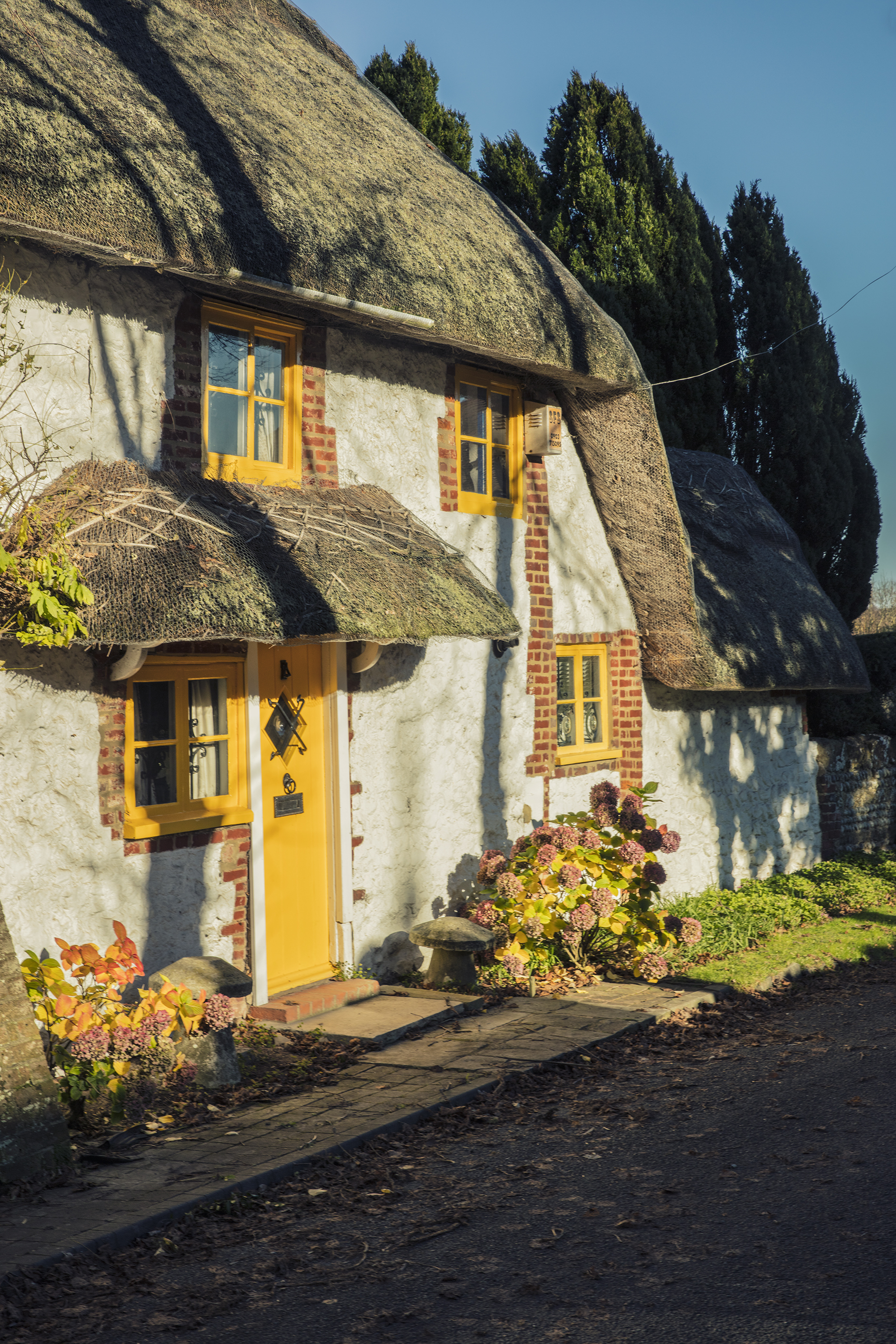
Lost Cymensora & the legend of Ælle of Sussex.
Pagham, Sussex.
My parents retired to Pagham in Sussex, England. We spent our family holidays here every year so it’s somewhere I’ve endless happy summery memories of.
Life is strange. Online, I traced my dad’s family back to Pagham in the 1400s (I’m obsessed with ancestry) which is spooky as he had no idea he was going full circle by moving “back” to where his family (surnames like Staker and Boniface) walked out from history’s mist 600 years before.
I can’t help but wonder what kind of Pagham my ancestors came from. In the middle ages people didn’t move around much, they were there. But what was going on before 1400? What is discoverable, knowable? I discovered that despite it’s prosaic sounding name, Pagham’s origins are more than a little Game of Thrones.
Christmas 2016.

Before King Arthur & Camelot, which is probably more fiction than fact, there was King Ælle of the Kingdom of Sussex, one of Englands first recorded kings (he ruled from 477 to perhaps as late as 514) and the legend of him founding Saxon Sussex. The legend originated in oral tradition before being recorded in the Anglo-Saxon Chronicle some 400 years later where it has Ælle as being the first bretwalda - "Britain-ruler". Putting the pagan Brits to seige in their forts, he “...killed all who lived in there; there was not even one Briton left there...”. The Chronicle has Æelle founding The Kingdom of Sussex when he arrived in Cymensora in three ships with his three sons, killing and putting to flight the locals. The Britons.
But where was/is Cymensora? Like some kind of Sussexian Atlantis, its location is a mystery. According to the Chronicle, Cymensora once existed in South England where, in pre-christian & pagan AD 477, Ælle landed with his sons Cymen, Wlencing & Cissa. Cymensora was named after Cymen. Cymen’s shore.
Cymensora no longer exists but Pagham was very close by. The Charter of Byrhthelm (the Bishop of Selsey), which concerns some land that had been seized from the See of Selsey confirms a certain boundary as being “from Wytherings Mouth and Cymenshoran in the east to Hormouth in the west...”
Wytherings Mouth was part of what is now Pagham Harbour.
︎ ︎ ︎ ︎
But where was/is Cymensora? Like some kind of Sussexian Atlantis, its location is a mystery. According to the Chronicle, Cymensora once existed in South England where, in pre-christian & pagan AD 477, Ælle landed with his sons Cymen, Wlencing & Cissa. Cymensora was named after Cymen. Cymen’s shore.
Cymensora no longer exists but Pagham was very close by. The Charter of Byrhthelm (the Bishop of Selsey), which concerns some land that had been seized from the See of Selsey confirms a certain boundary as being “from Wytherings Mouth and Cymenshoran in the east to Hormouth in the west...”
Wytherings Mouth was part of what is now Pagham Harbour.
︎ ︎ ︎ ︎

Dawn, Pagham Harbour / “Wytherings Mouth“.
Pagham Harbour is now a nature reserve. In earlier times it was a working harbour with three ports, one at Sidlesham Mill called Wardur, one at the harbour entrance known as Charlton and one on the Pagham side, the Port of Wyderinges .The Port of Wardur was part of a Middle Ages development called “The New Haven'. In the 13th century, The Port of Wythering was overrun by the sea, the whole harbour eventually silted up and it was a port no more.
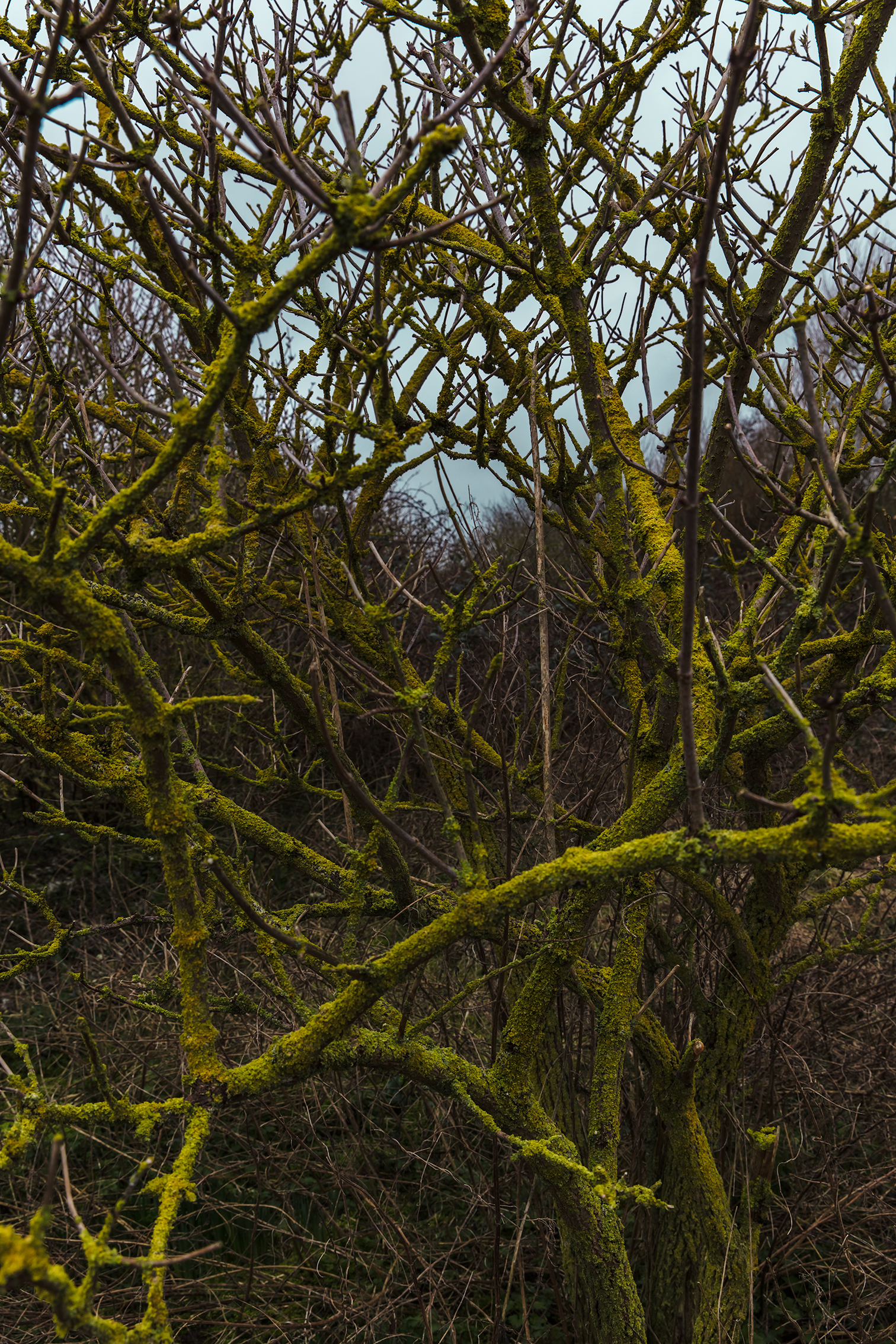

I discovered my distant relations in ancient parish records, baptising their children and marrying in Pagham’s ancient church. The Saxons built the first church here 1300 years ago in the 7th Century, on land given by Caedulla King of Wessex to St Wilfrid in gratitude for saving Paghamites from starvation. Later, when St Wilfrid returned north, he gave Pagham to the Archbishops of Canterbury, who are still Patrons of the Parish today.
When the church floor was re-laid in 1976, the original church foundations & a piece of a Saxon cross were found. Some stones from these foundations were built into an oak-topped table in the south transept. In the 1950s fragments of a Saxon burial urn were found in the churchyard. The only known pagan Saxon burials are at Pagham (7th or 8th century AD) and at Apple Down, Sussex.
1200 years ago.
After 1066, many of the new lords of the manor (who my relations, farmers, pond keepers and agricultural serfs most likely toiled for) began to build churches in a Norman (French) style. Pagham was no different and a new larger Norman church was built on the site of the old Saxon one.
When the church floor was re-laid in 1976, the original church foundations & a piece of a Saxon cross were found. Some stones from these foundations were built into an oak-topped table in the south transept. In the 1950s fragments of a Saxon burial urn were found in the churchyard. The only known pagan Saxon burials are at Pagham (7th or 8th century AD) and at Apple Down, Sussex.
1200 years ago.
After 1066, many of the new lords of the manor (who my relations, farmers, pond keepers and agricultural serfs most likely toiled for) began to build churches in a Norman (French) style. Pagham was no different and a new larger Norman church was built on the site of the old Saxon one.

This “new” church is one of the earliest built in the The Early English period (1180-1275) which marked the first flowering of English Gothic. Gothic style evolved in France, indeed it was first called "The French Style". On a table made from Saxon foundation stones and carved with Norman arches with a leaf pattern, a font bowl from this time sits on a plain white cloth.
Within 40 years of Archbishop Thomas à Becket’s murder in Canterbury Cathedral on 29th December 1170, the church was again rebuilt and is one of the earliest to be dedicated to the murdered saint. On the wall of the south transept there is a stone to the memory of Edward Darrell, ‘Caterie’ to the household of Queen Elizabeth I. Today, the structure and the vibe of the church is pretty the same as it was eight centuries ago.
I’m not at all religious (far from it) but unexpectedly, I found this place strangely and deeply moving. Being English & living in Australia I struggle with “belonging”, being “from” somewhere. Here I feel it, know it.
I’m not at all religious (far from it) but unexpectedly, I found this place strangely and deeply moving. Being English & living in Australia I struggle with “belonging”, being “from” somewhere. Here I feel it, know it.
